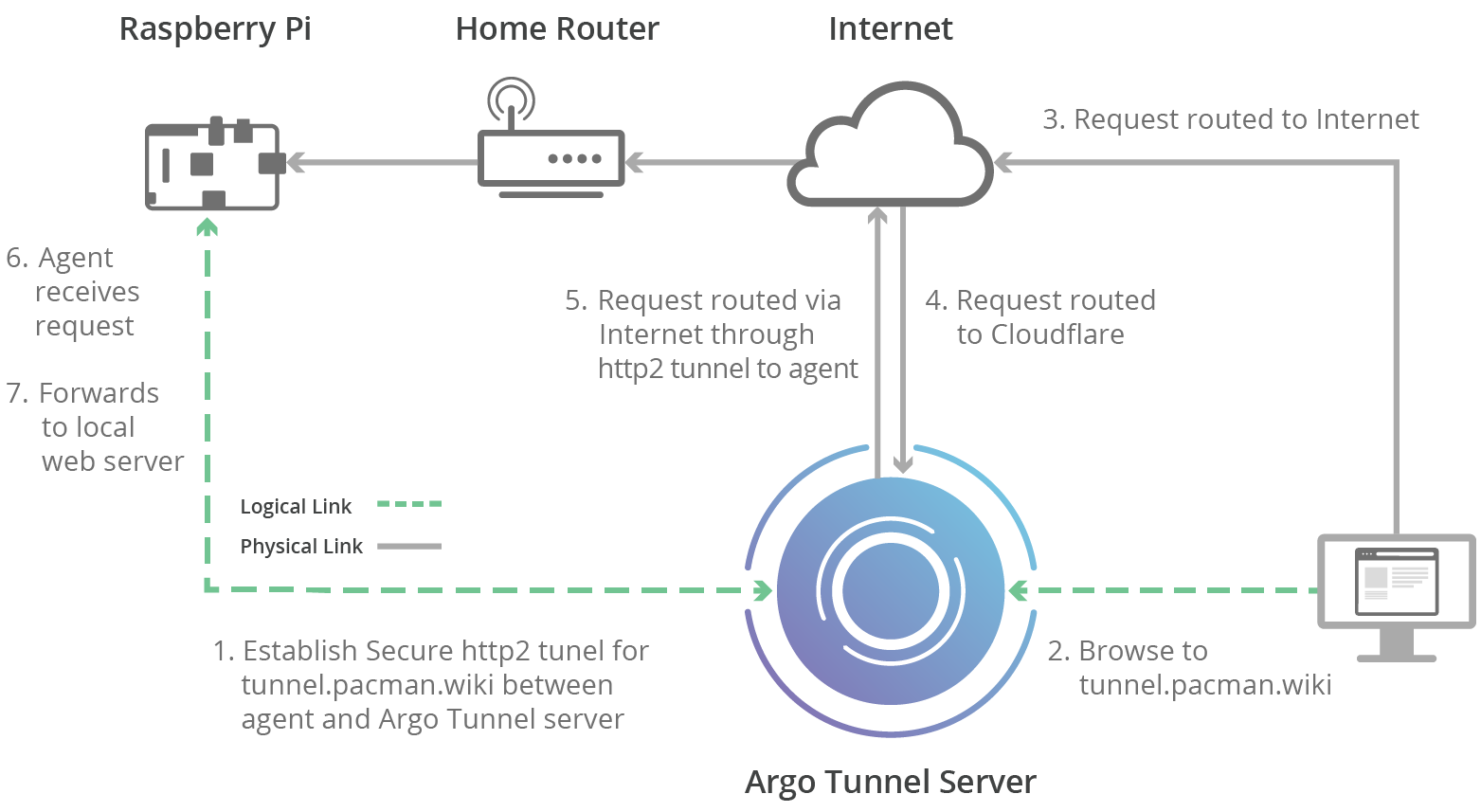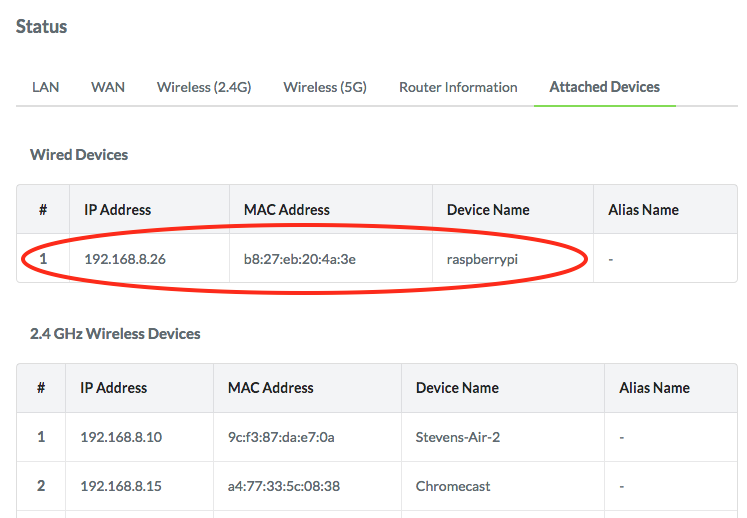IoTium Plugs Kubernetes Into IoT to Boost Edge Management
 The platform allows companies to better manage data that must remain on premises due to compliance, security, or latency reasons.
The platform allows companies to better manage data that must remain on premises due to compliance, security, or latency reasons.
Huawei Shoots Back at FCC Proposal That Threatens Its Rural Biz
 The FCC wants to ban any spending from the Universal Service Fund on networking equipment that could pose a security threat.
The FCC wants to ban any spending from the Universal Service Fund on networking equipment that could pose a security threat.
sFlow available on Juniper MX series routers
sFlow support on MX Series devices—Starting in Junos OS Release 18.1R1, you can configure sFlow technology (as a sFlow agent) on a MX Series device, to continuously monitor traffic at wire speed on all interfaces simultaneously. The sFlow technology is a monitoring technology for high-speed switched or routed networks. - New and Changed FeaturesUnderstanding How to Use sFlow Technology for Network Monitoring on a MX Series Router lists the following benefits of sFlow Technology on a MX Series Router:
- sFlow can be used by software tools like a network analyzer to continuously monitor tens of thousands of switch or router ports simultaneously.
- Since sFlow uses network sampling (forwarding one packet from ‘n’ number of total packets) for analysis, it is not resource intensive (for example processing, memory and more). The sampling is done at the hardware application-specific integrated circuits (ASICs) and hence it is simple and more accurate.
- ACX5000 Universal Access Router
- EX Series Ethernet Switches
- MX Series 3D Universal Edge Routers
- NFX Series Network Services Platform
- OCX1100 Open networking, cloud-optimized switch
- QFX Series High-performance, high-density data center switches
Introducing “Cooking with Cumulus” – Episode one
Alright, we know you’re hungry for more Cumulus goodness, so we’ve cooked up something new that we think will satiate your appetite for awesome technical content. It’s the perfect mix of one part technical deep-dive, one part fun and just a pinch of silliness. The wait is over — our latest project is hot, fresh and ready to serve!
Okay, enough teasing. Today we’re introducing the new Cumulus Networks video series “Cooking with Cumulus!”
“Wait, what does cooking have to do with networking??” you may think to yourself. Glad you asked. You may already know JR Rivers as the CTO and co-founder of Cumulus Networks, but did you know he’s also a master of the culinary arts? Here at the Mountain View office, we know it’s the start of a good day when JR brings in his homemade food to share. From chocolate chip cookies to paella, we’ve approved (and enjoyed) his many recipes. So, we decided that we wanted to share that gift with the rest of the Cumulus community by combining two of JR’s greatest passions — networking and cooking. The resulting brain child was a video series where we put two networking nerds in a Continue reading
New RFC 8360 – RPKI Validation Reconsidered – Offers Alternative Validation Procedures to Improve Routing Security
RFC 8360, Resource Public Key Infrastructure (RPKI) Validation Reconsidered, is now published in the RFC libraries.
What is RPKI?
Resource Public Key Infrastructure (RPKI) aims to improve the security of the Internet routing system, specifically the Border Gateway Protocol (BGP), by establishing a hierarchy of trust for BGP routes. Today, most organizations simply trust that routing updates they get are sent by authorized senders. This is how bad actors and misconfigurations can cause massive routing issues. With RPKI, the receiving organization can verify that the sending organization is authorized to send the routing update.
RPKI works by issuing X.509-based resource certificates to holders of IP addresses and AS numbers to prove assignment of these resources. These certificates are issued to Local Internet Registries (LIRs) by one of the five Regional Internet Registries (RIRs) who allocate and assign these resources in their service regions.
What Does This RFC Do?
In the IETF, participants have been discussing issues that may arise when resources move across registries. The problem happens when a subordinate certificate “over-claims” resources compared to its parent. According to the standard validation procedure specified in RFC 6487, the whole branch beneath would be invalidated. The closer to Continue reading
Short Take – In Defense of Sales Engineers
In this Network Collective short take, Eyvonne discusses the role of a sales engineer. She highlights the value sales engineers can bring to enterprises and outlines some ways you can get the most out of your relationship with your vendor or VAR sales engineer.
The post Short Take – In Defense of Sales Engineers appeared first on Network Collective.
Cloudflare Argo Tunnel with Rust+Raspberry Pi

Yesterday Cloudflare launched Argo Tunnel. In the words of the product team:
Argo Tunnel exposes applications running on your local web server, on any network with an Internet connection, without adding DNS records or configuring a firewall or router. It just works.
Once I grokked this, the first thing that came to mind was that I could actually use one of my Raspberry Pi's sitting around to serve a website, without:
- A flaky DDNS running on my router
- Exposing my home network to the world
- A cloud VM
Ooooh... so exciting.
The Rig
I'll assume you already have a Raspberry Pi with Raspbian on it.
Plug the Pi into your router. It should now have an IP address. Look that up in your router’s admin UI:

OK, that's promising. Let's connect to that IP using the default pi/raspberry credentials:
$ ssh 192.168.8.26 -l pi
[email protected]'s password:
The programs included with the Debian GNU/Linux system are free software;
the exact distribution terms for each program are described in the
individual files in /usr/share/doc/*/copyright.
Debian GNU/Linux comes with ABSOLUTELY NO WARRANTY, to the extent
permitted by applicable law.
Last login: Sun Mar 18 23:24:11 2018 from Continue reading5 Ways WiGig Differs from Today’s WiFi
A look at how the new 802.11ad WiFi standard compares with its predecessors, 802.11ac and 802.11ax.
5 Ways WiGig Differs from Today’s WiFi
A look at how the new 802.11ad WiFi standard compares with its predecessors, 802.11ac and 802.11ax.
Video: Tools and Knobs to Use when Tweaking TCP Performance
In the second half of his Networks, Buffers and Drops webinar JR Rivers focused on end systems: what tools could you use to measure end-to-end TCP throughput, or monitor performance of an individual socket or the whole TCP stack?
You’ll need at least free ipSpace.net subscription to watch the video.
Measuring the Root Zone KSK Trust
An analysis of DNS resolver data to attempt to estimate the impact of a roll of the Root Zone Key Signing Key (KSK).Stuffing the Camel into the Bikeshed
I’m sure that there are folk who believe that bodies like the IETF can exercise just the right level of restraint and process management to keep excessive levels of both camelling and bikeshedding out of the IETF and its Working Groups activities. Speaking personally, I just can’t see that happening.Infoblox Updates Cloud-Based DNS Security Offering To Block Malicious Sites
Infoblox updates its cloud-based DNS security service to run without agent software and improves its ability to filter unwanted and malicious sites.Juniper JET & Golang
Network programmability and network automation go hand-in-hand (pun intended) and I’ve been waiting for an opportunity to play with the Juniper IDL (.proto) files to build a JET (Juniper Extension Toolkit) application. Thanks to Marcel Wiget’s efforts, the opening I’ve been waiting for came along!
So what is JET?
JET is a couple of things:
- Ability to run Python, C and C++ applications onboard both veriexec and non-veriexec enabled Junos
- Ability to create an off-box application using GRPC and MQTT
JET allows you to program Junos out of the normal NETCONF, CLI, SNMP and ephemeral DB methods that we’re all fairly used to. The other thing is, it’s quick. Like really quick. With GRPC and MQTT, we can program a network element using mechanisms the software world is used to. I’ve been saying for a long time our data is no longer our own and JET allows us to bridge organisational worlds in multiple ways. Pretty cool.
So what did you do?
Not having a huge amount of time for this, I opted for off-box and took Marcel’s code as the base for how to use the APIs exposed via GRPC.
The application uses the “bgp_route_service” JET API Continue reading
Etisalat Hires NEC/Netcracker as Prime Integrator for NFV Telco Cloud
 NEC/Netcracker will wrangle myriad vendors of hardware and software along with some open source code.
NEC/Netcracker will wrangle myriad vendors of hardware and software along with some open source code.






